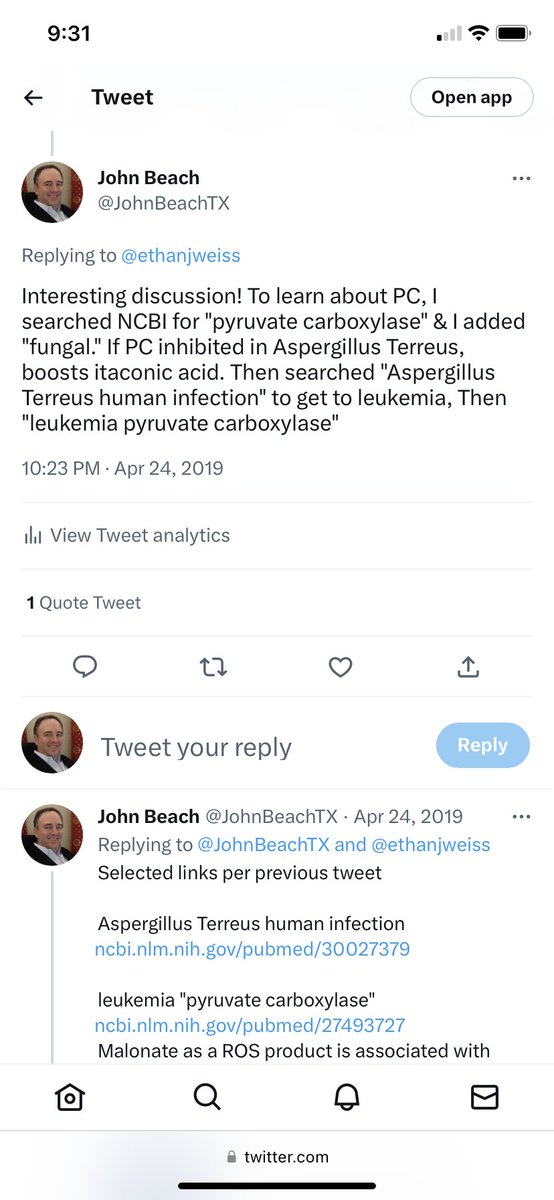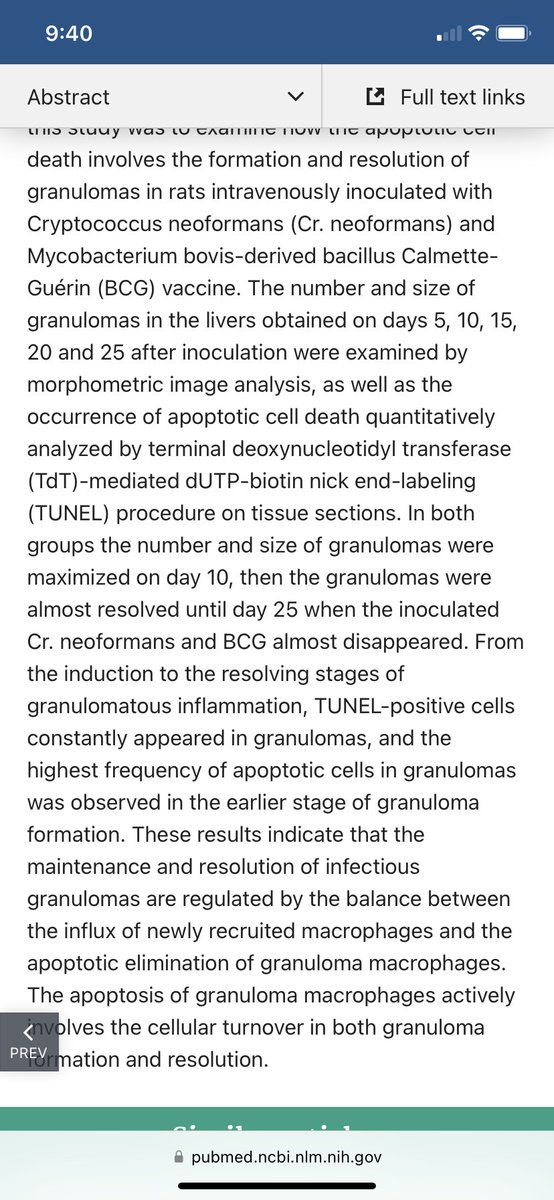
@BrownJHM @AaronGoodman33 The Brown Recluse.
As replies note, its bite injects a potent hydrolase enzyme:
Sphingomyelinase D,
a sphingomyelin phosphodiesterase, which breaks sphingomyelin into phosphocholine & ceramide.
Treatment? Wikipedia options sound inadequate.
PubMed inspired many questions!
1/n
As replies note, its bite injects a potent hydrolase enzyme:
Sphingomyelinase D,
a sphingomyelin phosphodiesterase, which breaks sphingomyelin into phosphocholine & ceramide.
Treatment? Wikipedia options sound inadequate.
PubMed inspired many questions!
1/n

@BrownJHM @AaronGoodman33 In PubMed, this caught my eye:
pubmed.ncbi.nlm.nih.gov/25938271/
Sphingomyelinase D/ceramide 1-phosphate in cell survival and inflammation
the venom of Loxosceles, or the toxins of some bacteria such as
Corynebacterium tuberculosis, or
Vibrio damsela
possess high levels of SMase D
2/n

pubmed.ncbi.nlm.nih.gov/25938271/
Sphingomyelinase D/ceramide 1-phosphate in cell survival and inflammation
the venom of Loxosceles, or the toxins of some bacteria such as
Corynebacterium tuberculosis, or
Vibrio damsela
possess high levels of SMase D
2/n


@BrownJHM @AaronGoodman33 As I am not a doctor, I’ll stop here.
I do think, however, that scientists have described the chemistry of Sphingomyelinase D well enough that the bite of a Brown Recluse could be made less necrotic.
Seems like a couple small-molecule solutions would be worth trying.
3/n
I do think, however, that scientists have described the chemistry of Sphingomyelinase D well enough that the bite of a Brown Recluse could be made less necrotic.
Seems like a couple small-molecule solutions would be worth trying.
3/n
“Targeting Loxosceles spider Sphingomyelinase D with small-molecule inhibitors as a potential therapeutic approach for loxoscelism”
pubmed.ncbi.nlm.nih.gov/30734604/
They evaluated benzene sulphonate (a.k.a. benzene sulfonate) compounds.
4/n
pubmed.ncbi.nlm.nih.gov/30734604/
They evaluated benzene sulphonate (a.k.a. benzene sulfonate) compounds.
4/n

Based on other past insights, I searched Google Scholar
cholecalciferol “Sphingomyelinase d”
Plenty to read, & I suspect there are important answers to be found in the relevant ions (Mg, Ca)
5/n

cholecalciferol “Sphingomyelinase d”
Plenty to read, & I suspect there are important answers to be found in the relevant ions (Mg, Ca)
5/n


Calcium, Magnesium, proposed relevance of UV exposure & vitamin D3 to activity of the Sphingomyelinase D.
scholar.google.com/scholar?hl=en&…+“Sphingomyelinase+d”&btnG=#d=gs_qabs&t=1676904884988&u=%23p%3D5SjhfhOM7CYJ
In this research, they abolished activity of BRSV SMase D with EDTA
6/n
scholar.google.com/scholar?hl=en&…+“Sphingomyelinase+d”&btnG=#d=gs_qabs&t=1676904884988&u=%23p%3D5SjhfhOM7CYJ
In this research, they abolished activity of BRSV SMase D with EDTA
6/n

• • •
Missing some Tweet in this thread? You can try to
force a refresh











